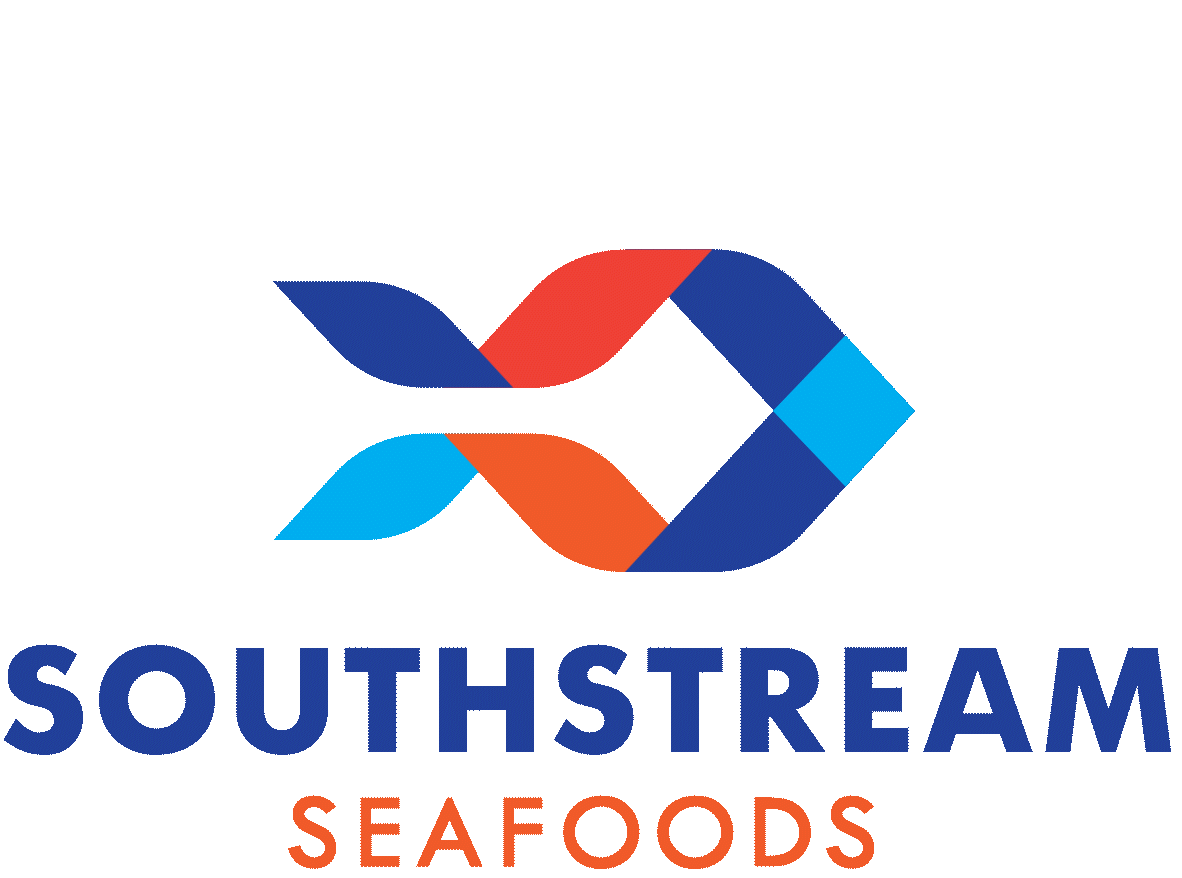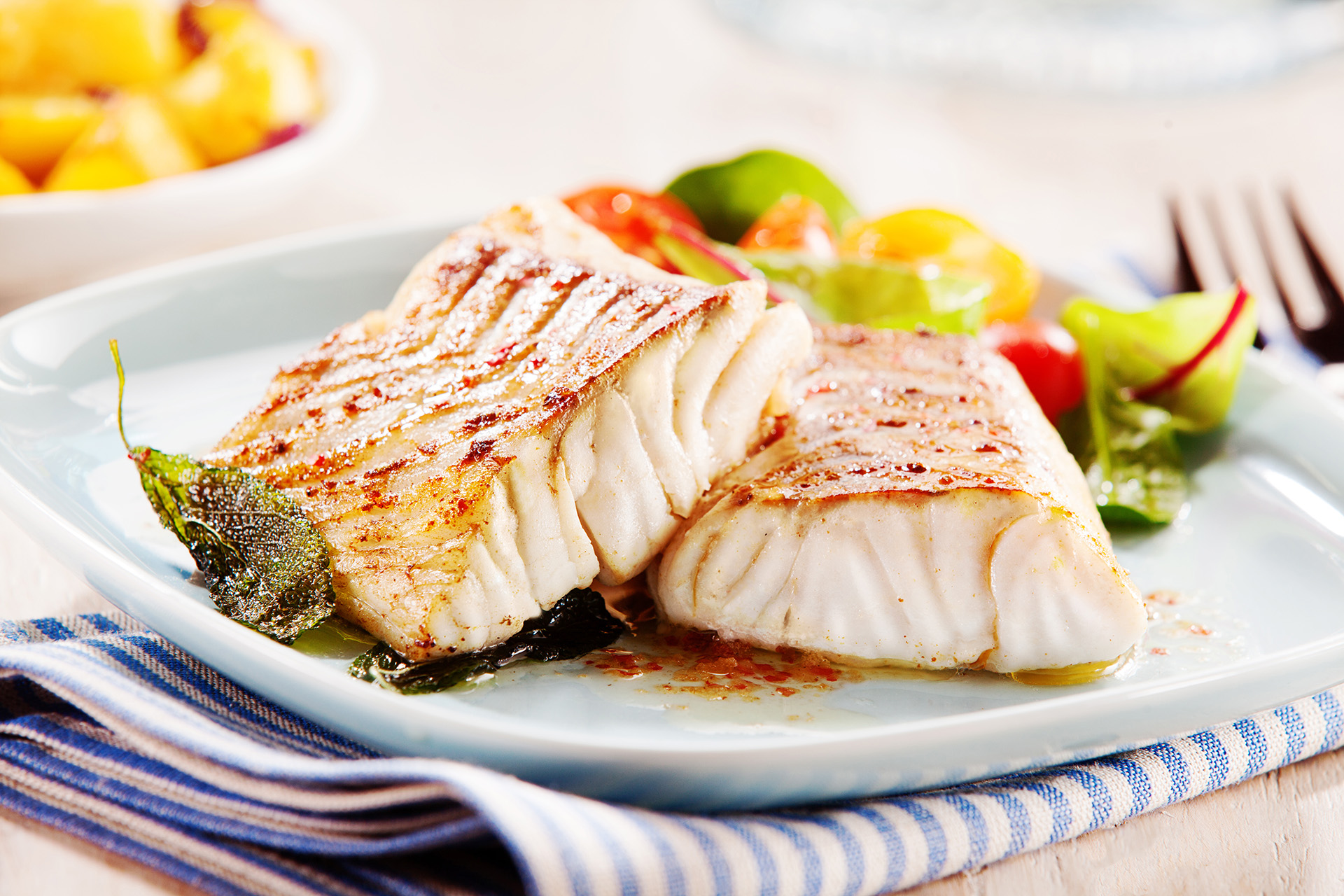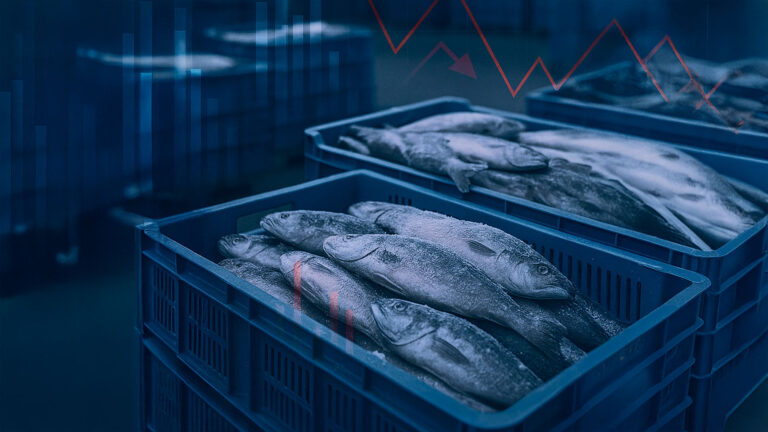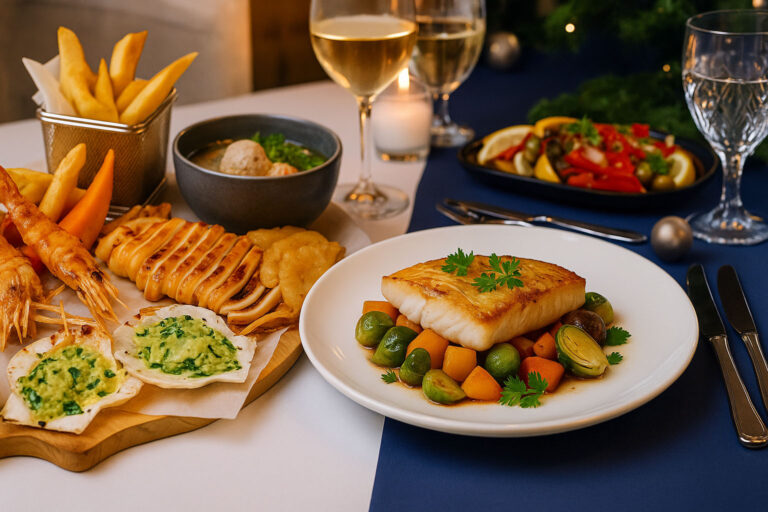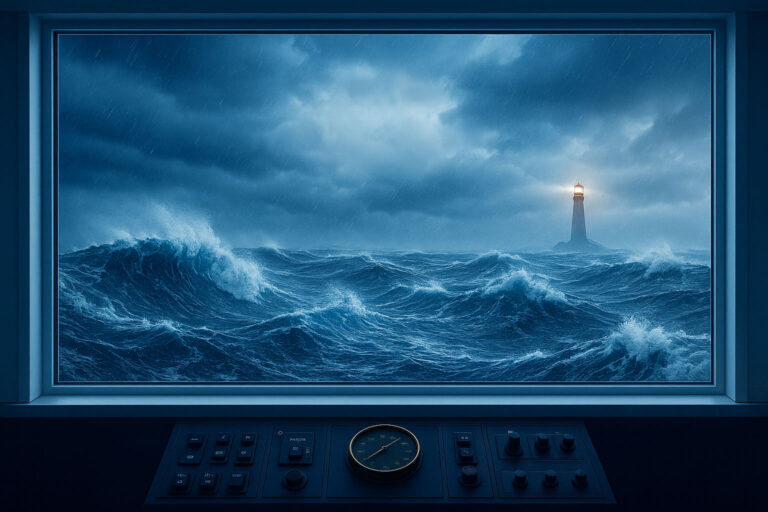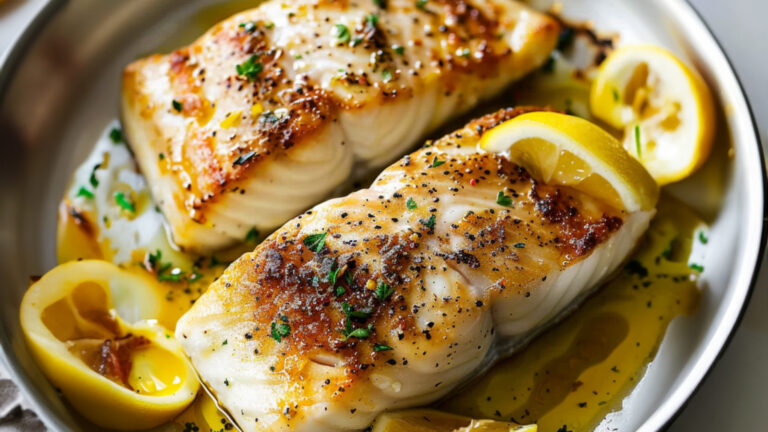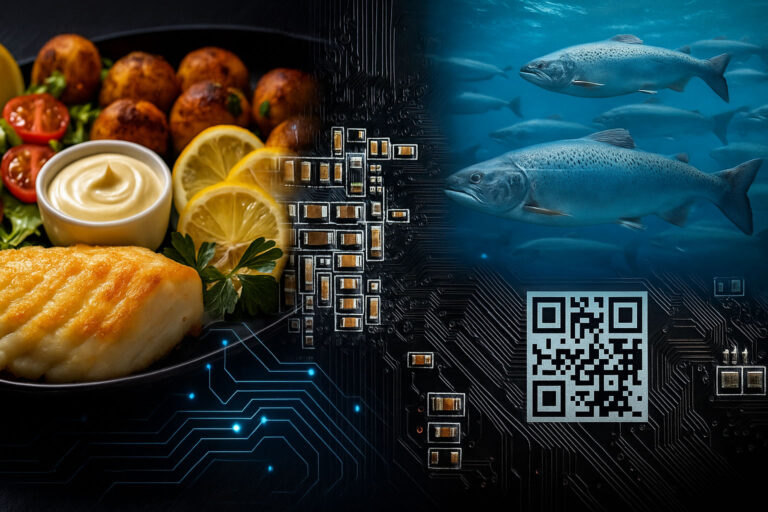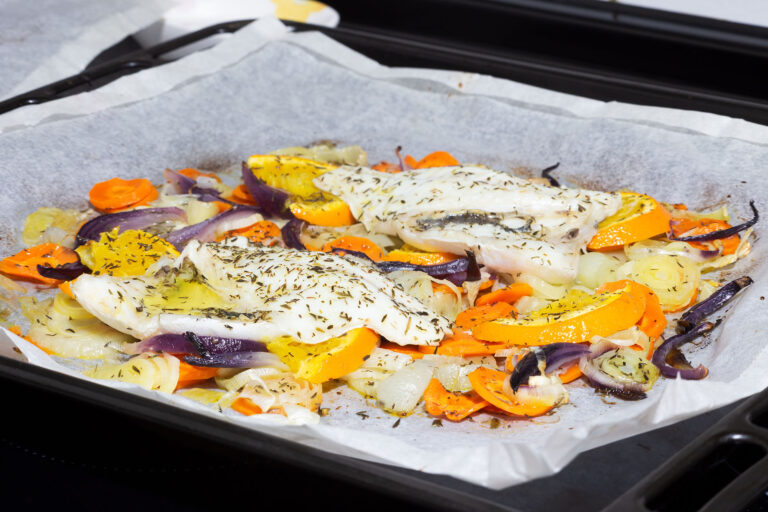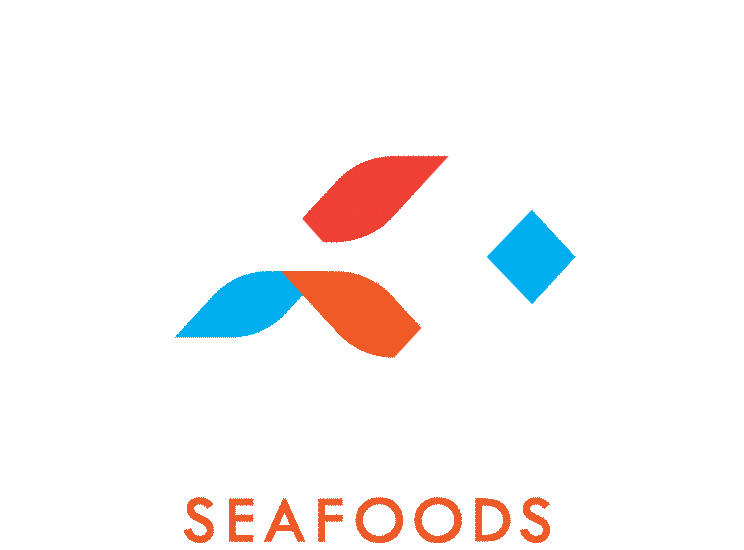Pollock: The Unsung Hero of the Modern Seafood World
From the icy depths of the North Pacific to your favourite fish sandwich, pollock is a testament to adaptability, abundance, and modern innovation in the seafood industry.
When it comes to culinary fame, few fish have had a rise quite like pollock. While it may not boast the romantic lore of Atlantic cod or the regal associations of salmon, pollock has quietly become one of the most important and widely consumed fish species on the planet.
At Southstream Seafoods, we’re proud to source pollock responsibly — not just because it’s one of the most abundant whitefish species in the world, but because it represents everything we stand for: sustainability, versatility, and a commitment to feeding the future.
Humble Origins: A Fish Once Overlooked
Pollock (Gadus chalcogrammus), also known as Alaska pollock, is a member of the cod family, native to the cold waters of the Bering Sea, the Gulf of Alaska, and the Northwest Pacific. For much of history, it was considered a bycatch — a secondary species to cod and halibut.
It wasn’t until the mid-20th century, as global fisheries expanded and new markets emerged, that pollock began to take on a more central role. Countries like Japan, South Korea, Russia, and the United States began investing in pollock fisheries, recognising its potential due to sheer abundance and versatility.
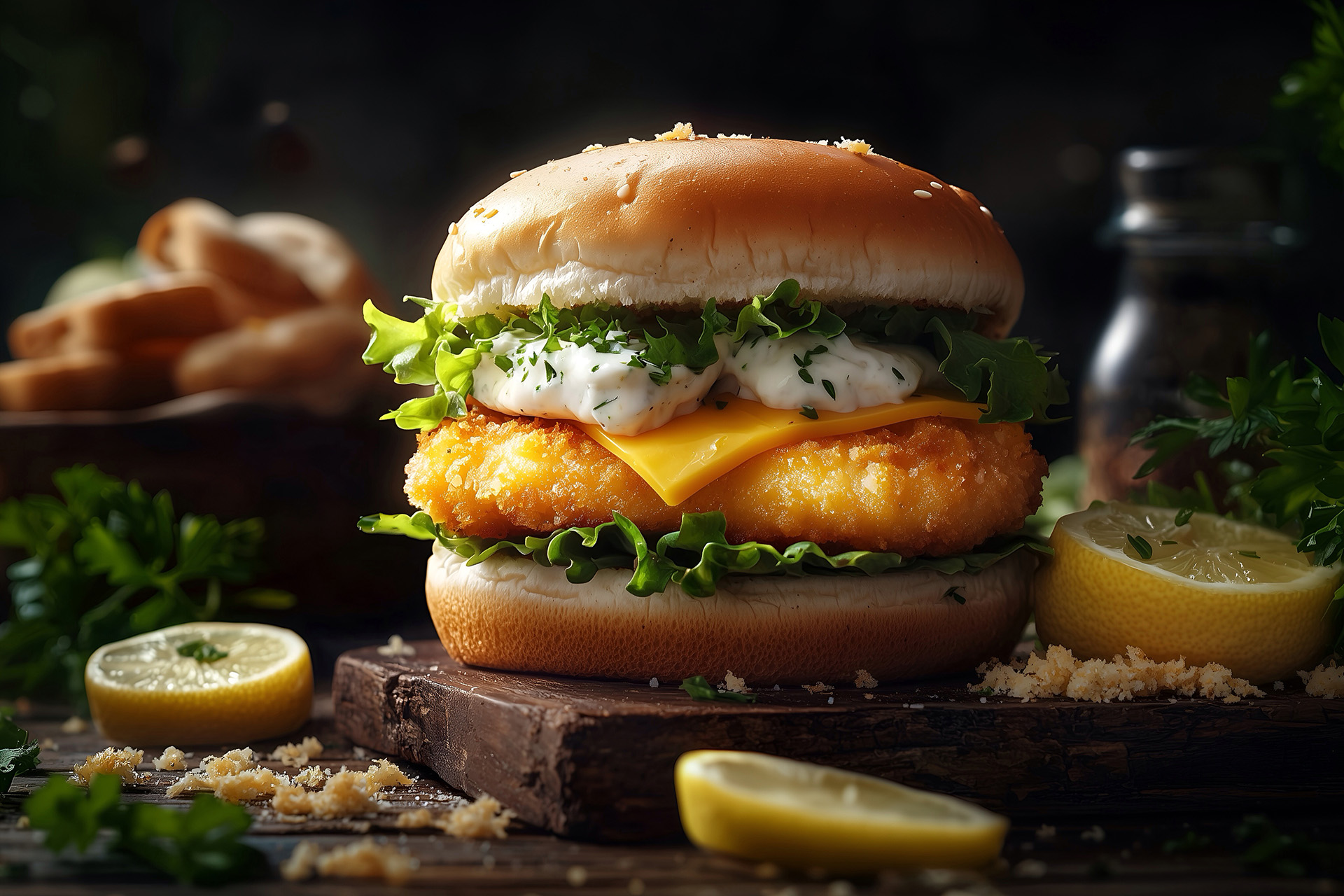
A Fast Food Favourite: The Filet-O-Fish Effect
Pollock’s true global breakthrough came in the 1960s, thanks to an unlikely partner: McDonald’s. Seeking a fish sandwich that appealed to Catholic customers avoiding meat on Fridays, McDonald’s created the Filet-O-Fish, which eventually switched from cod to Alaska pollock due to cost-efficiency, sustainability, and consistent supply.
Since then, pollock has become the cornerstone of numerous fast food seafood offerings worldwide, from fish fingers and nuggets to breaded fillets and fish burgers.
The Secret Life of Surimi
Perhaps one of the most remarkable transformations of pollock is its role in surimi — the processed fish paste that forms the basis of imitation crab (kanikama) and other seafood analogues, especially in Japanese and Korean cuisine.
Surimi production dates back centuries in Japan, but it was Alaska pollock that made it scalable. Its mild flavour, firm texture, and bright white flesh made it ideal for binding, shaping, and flavouring into a variety of seafood products.
Today, pollock-based surimi is a multi-billion-dollar global industry.
Abundance and Sustainability: A Rare Balance
One of pollock’s most distinguishing features is its sustainably managed fisheries, particularly in U.S. waters. The Alaska pollock fishery is often cited as a gold standard in marine stewardship. It is MSC-certified, tightly regulated, and monitored with great precision, ensuring healthy stocks despite high global demand.
At Southstream, we only partner with responsible fisheries that follow science-based quotas and traceability standards. Our commitment to quality begins at the source.
From Bycatch to Backbone
What pollock lacks in historical prestige, it makes up for in modern relevance. It’s the fish that fits — mild enough to please most palates, sturdy enough to process, and abundant enough to supply global markets without depleting ecosystems.
Pollock may not have fed empires of the past, but it is helping feed the world of the present — and the future. At Southstream, we see pollock as a shining example of what responsible seafood can look like in the 21st century.
_______________________
Let’s talk Pollock together. Connect with us to explore how we can help your business thrive.
